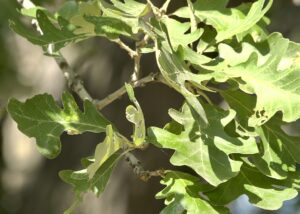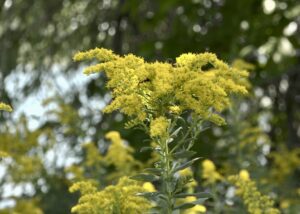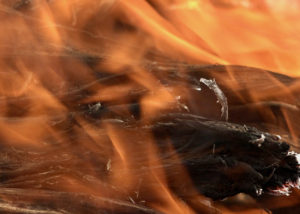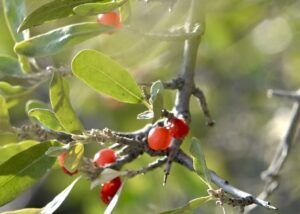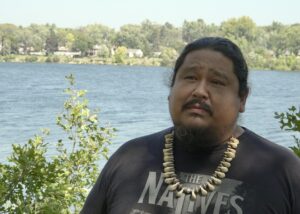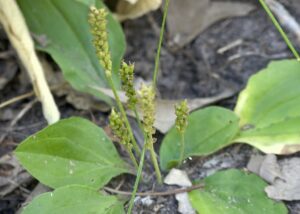Indigenous Food
Sean Sherman is a James Beard award winning chef, author, and leader. He is also an educator, activist, and Indigenous food apostle. An Oglala Lakota Sioux, who grew up on the Pine Ridge Reservation, Sherman became a successful chef in Minneapolis. He was recharging in Mexico when he had an epiphany. Admiring how much of the Hochuli’s pre-colonial culture they held onto through their artwork and food, Sherman wondered about his own food heritage. He knew very little about what his ancestors ate before Europeans arrived. Thus began his lifelong journey.
Traditionally Native Americans had a diverse food culture and diet closely tied to their ancestral homelands. European colonization intentionally broke these ties – limiting the ability of Native peoples to acquire and prepare food. Consequently, Native populations often rely heavily on processed government food commodities and suffer disproportionately from food insecurity – a reality which was made painfully clear by food shortages during the height of the recent Covid epidemic. Their reliance on the commodity food program contributes to Native populations having the highest rates of heart disease and diabetes in our nation. The fight for food sovereignty is an effort to develop local food economies, revitalize traditional practices, grow food access and ultimately, to restore community health.
Sherman sees his place in this effort as a facilitator and support system for other Indigenous food entrepreneurs. By duplicating Indigenous Food Labs in tourist areas near Reservations, he hopes to continue growing a self-supporting food system that relies on traditional ingredients supplied by Native sources. He sees the ‘potential of Indigenous foodways to restore the health, local economies, culture, and food sovereignty of Native people.’
To hear Sean Sherman’s personal story watch the video below.
In the following video Sherman addresses Native knowledge and how sharing Indigenous foods can help cultural healing.

